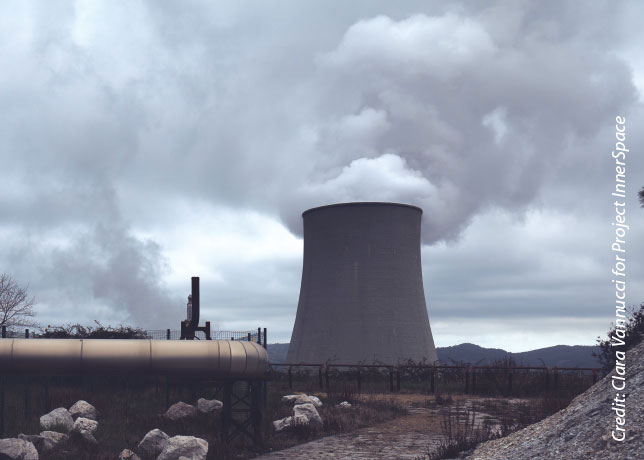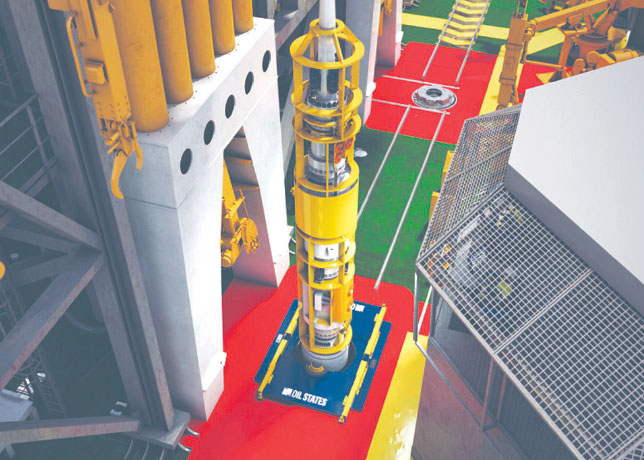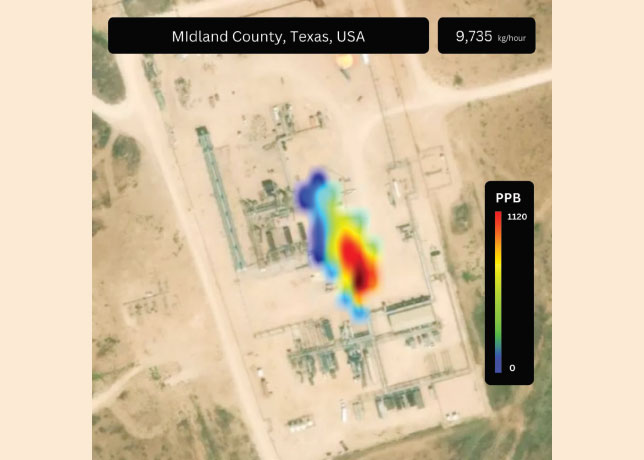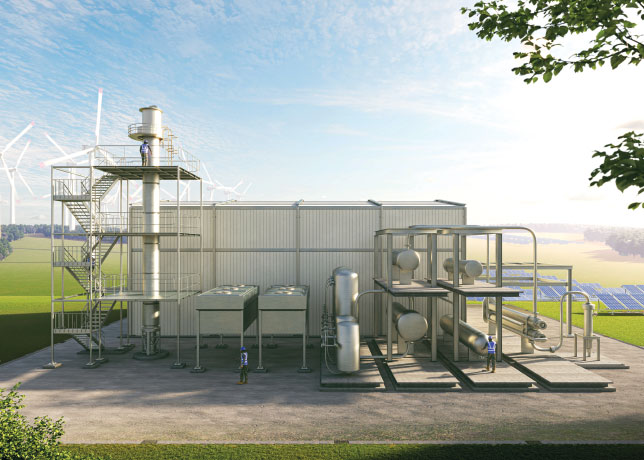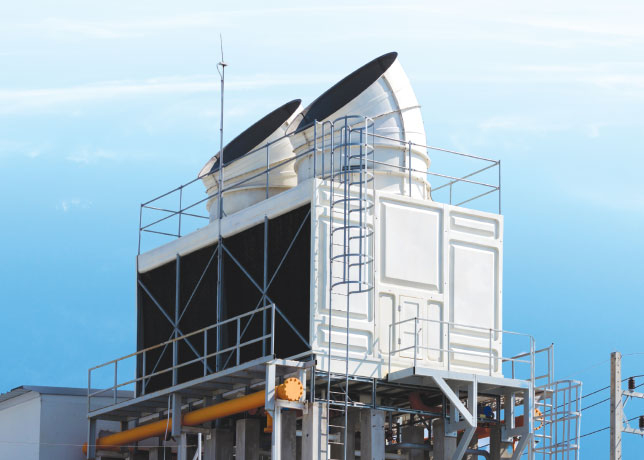
CCUS has been identified as one of many vital decarbonisation technologies that will be needed to meet global net-zero emissions targets.
Currently, about 75 per cent of existing CCUS projects rely on utilisation of CO2 to achieve profitability via enhanced oil recovery (EOR).
According to IDTechEx forecasts, dedicated geological storage of carbon dioxide will outpace EOR as the leading end fate of capture CO2 by the end of the decade.
By 2045, IDTechEx forecasts the world will be sequestering 1.6 gigatonnes per annum of CO2 underground.
Permanently storing carbon dioxide generally has better sustainability credentials than utilising CO2.
This is because permanently sequestering CO2 captured from an industrial process in dedicated underground storage is a net-zero process (or even net-negative for some CO2 sources).
In contrast, captured CO2 returns to the atmosphere on short time scales for several CO2 utilisation applications, such as when a fuel synthesised from CO2 is combusted.
Storing CO2 is therefore better suited to meeting emission reduction targets.
Furthermore, there is simply greater potential for CO2 storage than CO2 utilisation.
It is estimated that the world’s potential CO2 storage capacity may exceed 15,000 gigatonnes.
To put this into perspective, global anthropogenic CO2 emissions are currently around 40 gigatonnes per year.
This far outsizes potential utilisation markets for carbon dioxide, even when including emerging application areas such as CO2-derived chemicals or CO2-derived concrete products.
Many such CO2 storage projects plan to be operational before 2030, with the Northern Lights Longship project expected before the end of 2024, but some emitters will remain without access.
In the short term, CO2 utilisation could allow mature ready-now carbon capture technologies to be deployed as infrastructure expands.










































































